A region in space around the nucleus of an atom where the probability of finding the electron is maximum is called
sub-level
orbit
orbital
electron shell
The correct Answer is:C
To solve the question, "A region in space around the nucleus of an atom where the probability of finding the electron is maximum is called," we can follow these steps:
1. Understanding the Structure of an Atom:
- An atom consists of a nucleus at its center, which contains protons and neutrons. Surrounding the nucleus are regions where electrons are found.
2. Defining Orbits and Orbitals:
- The regions around the nucleus where electrons are likely to be found are called "orbits" or "shells." These are often labeled as K, L, M, N, etc.
- Within these orbits, there are smaller regions called "subshells" (s, p, d, f), which further define where electrons can be located.
3. Identifying Orbitals:
- Each subshell contains specific shapes known as "orbitals." Orbitals are the actual regions in space where there is a high probability of finding an electron.
4. Probability of Finding Electrons:
- The question specifically asks for the region where the probability of finding an electron is maximum. This is best described by the term "orbital," as it is within these orbitals that electrons are most likely to be found.
5. Final Answer:
- Therefore, the correct answer to the question is "orbital."
- An atom consists of a nucleus at its center, which contains protons and neutrons. Surrounding the nucleus are regions where electrons are found.
- The regions around the nucleus where electrons are likely to be found are called "orbits" or "shells." These are often labeled as K, L, M, N, etc.
- Within these orbits, there are smaller regions called "subshells" (s, p, d, f), which further define where electrons can be located.
- Each subshell contains specific shapes known as "orbitals." Orbitals are the actual regions in space where there is a high probability of finding an electron.
- The question specifically asks for the region where the probability of finding an electron is maximum. This is best described by the term "orbital," as it is within these orbitals that electrons are most likely to be found.
- Therefore, the correct answer to the question is "orbital."
Similar Questions
Molecular orbital (MOT) the atoms in a molecule are supposed to loose their individual control over the electrons . The nuclei of the bonded atoms are considered to be present at equilibrium in inter-nuclear positions . The orbitals where the probability of finding electrons is maximum are called molecular orbitals extending over 2 or more nuclei when a pair of atomic orbitals combine and give rise to a pair of molecular MO's in internuclear region but decreased for antibonding MO's . Shielding of the nuclei by-increased electron density in bonding MO's reduces inter nuclear repulsion & thus stabilizes the molecule whereas lower electron density in antibonding MO's increases the repulsion and destabilises the system .
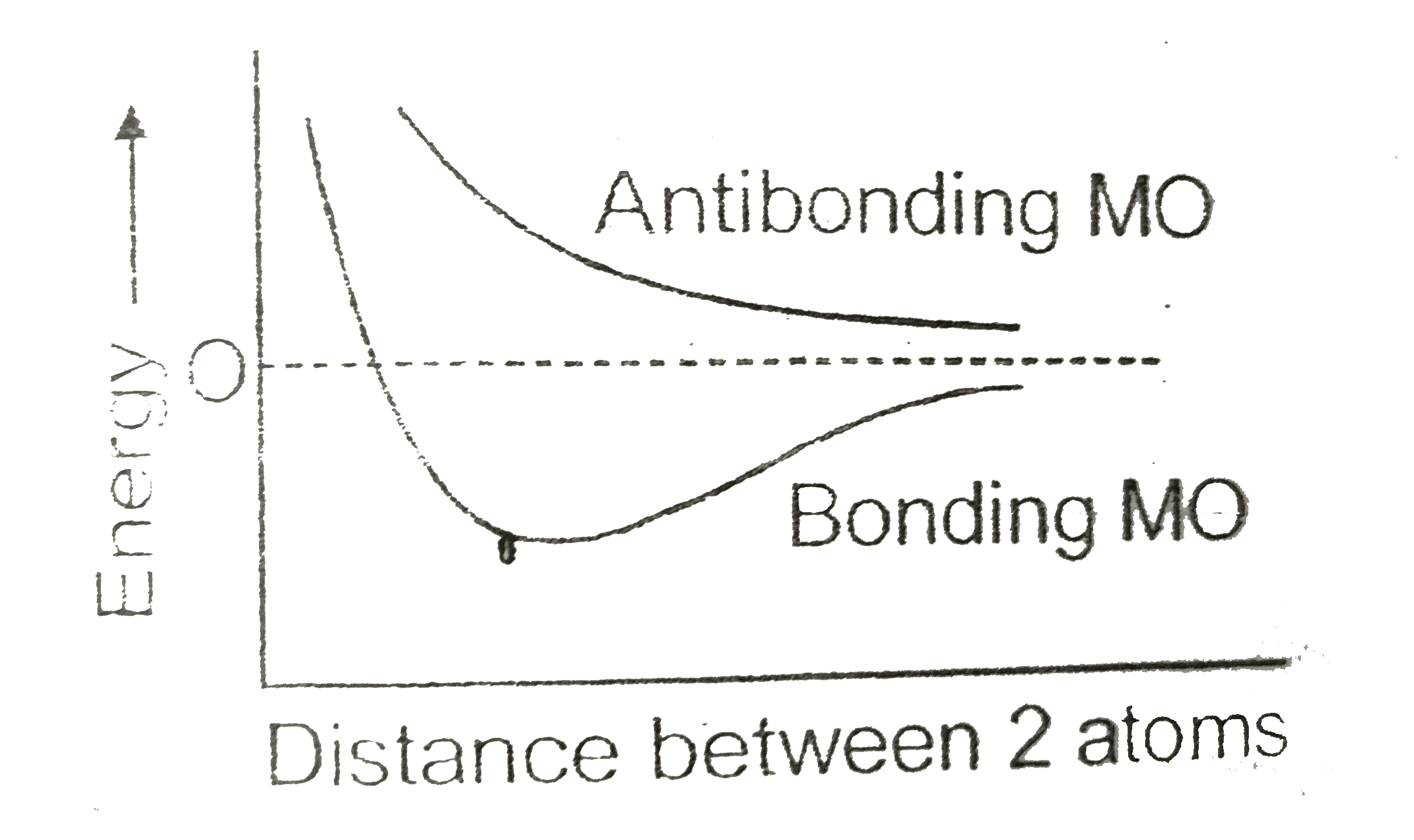
Which of the following is the correct order of bond strength of given species ?
View SolutionMolecular orbital (MOT) the atoms in a molecule are supposed to loose their individual control over the electrons . The nuclei of the bonded atoms are considered to be present at equilibrium in inter-nuclear positions . The orbitals where the probability of finding electrons is maximum are called molecular orbitals extending over 2 or more nuclei when a pair of atomic orbitals combine and give rise to a pair of molecular MO's in internuclear region but decreased for antibonding MO's . Shielding of the nuclei by-increased electron density in bonding MO's reduces inter nuclear repulsion & thus stabilizes the molecule whereas lower electron density in antibonding MO's increases the repulsion and destabilises the system .
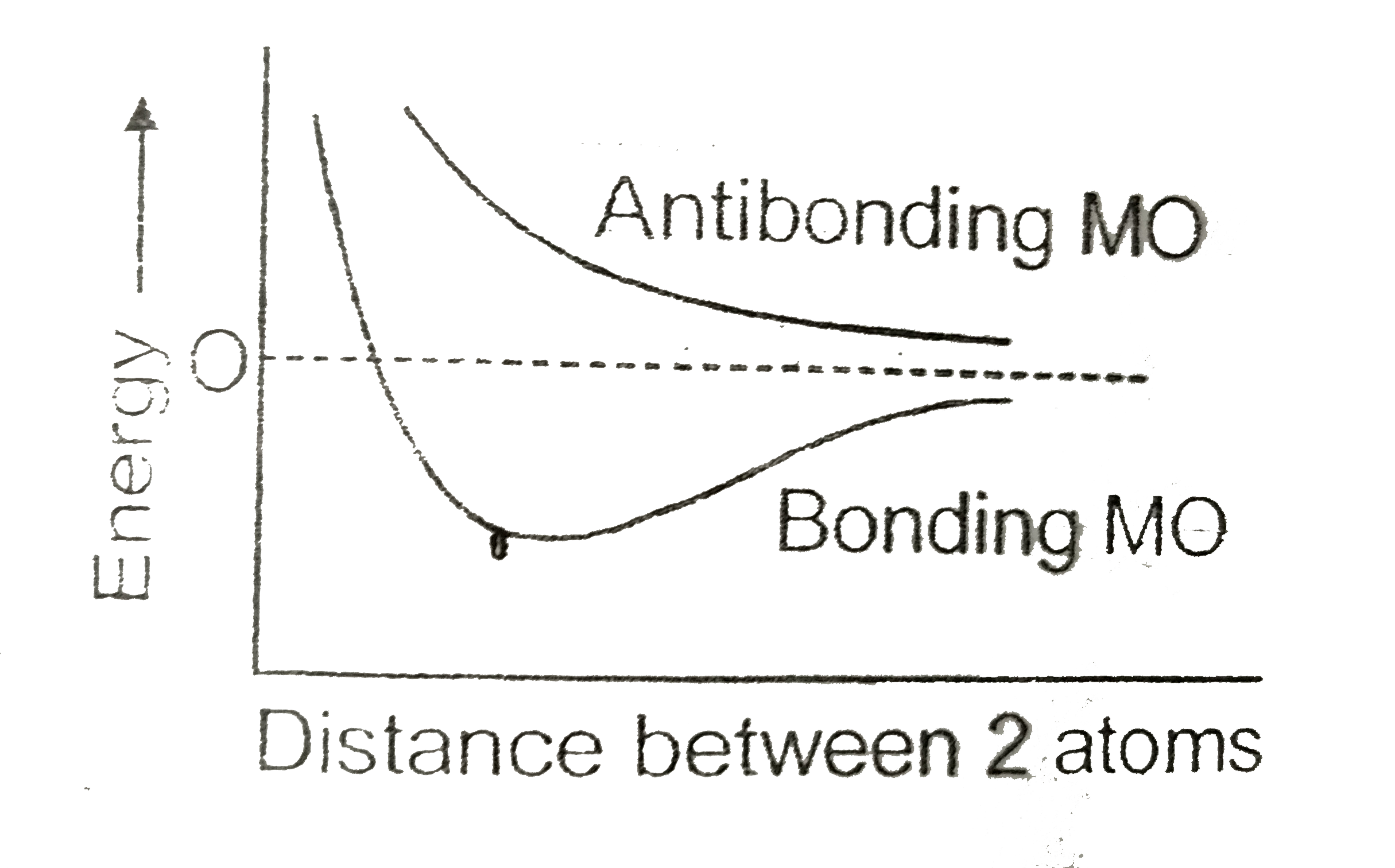
Which of the following hetero-diatomic molecular ion is paramagnetic ?
View Solution
Knowledge Check
The region where probability density function reduces to zero is called
Aprobability density regionBnodal surfacesCorientation surfacesDwave function.
ψ2 determine the probability of finding the electron in particular region of sapce
View SolutionMolecular orbital (MOT) the atoms in a molecule are supposed to loose their individual control over the electrons . The nuclei of the bonded atoms are considered to be present at equilibrium in inter-nuclear positions . The orbitals where the probability of finding electrons is maximum are multicentred orbitals called molecular orbitals extending over 2 or more nuclei when a pair of atomic orbitals combine and give rise to a pair of molecular MO's in internuclear region but decreased for antibonding MO's . Shielding of the nuclei by-increased electron density in bonding MO's reduces inter nuclear repulsion & thus stabilizes the molecule whereas lower electron density in antibonding MO's increases the repulsion and destabilises the system .
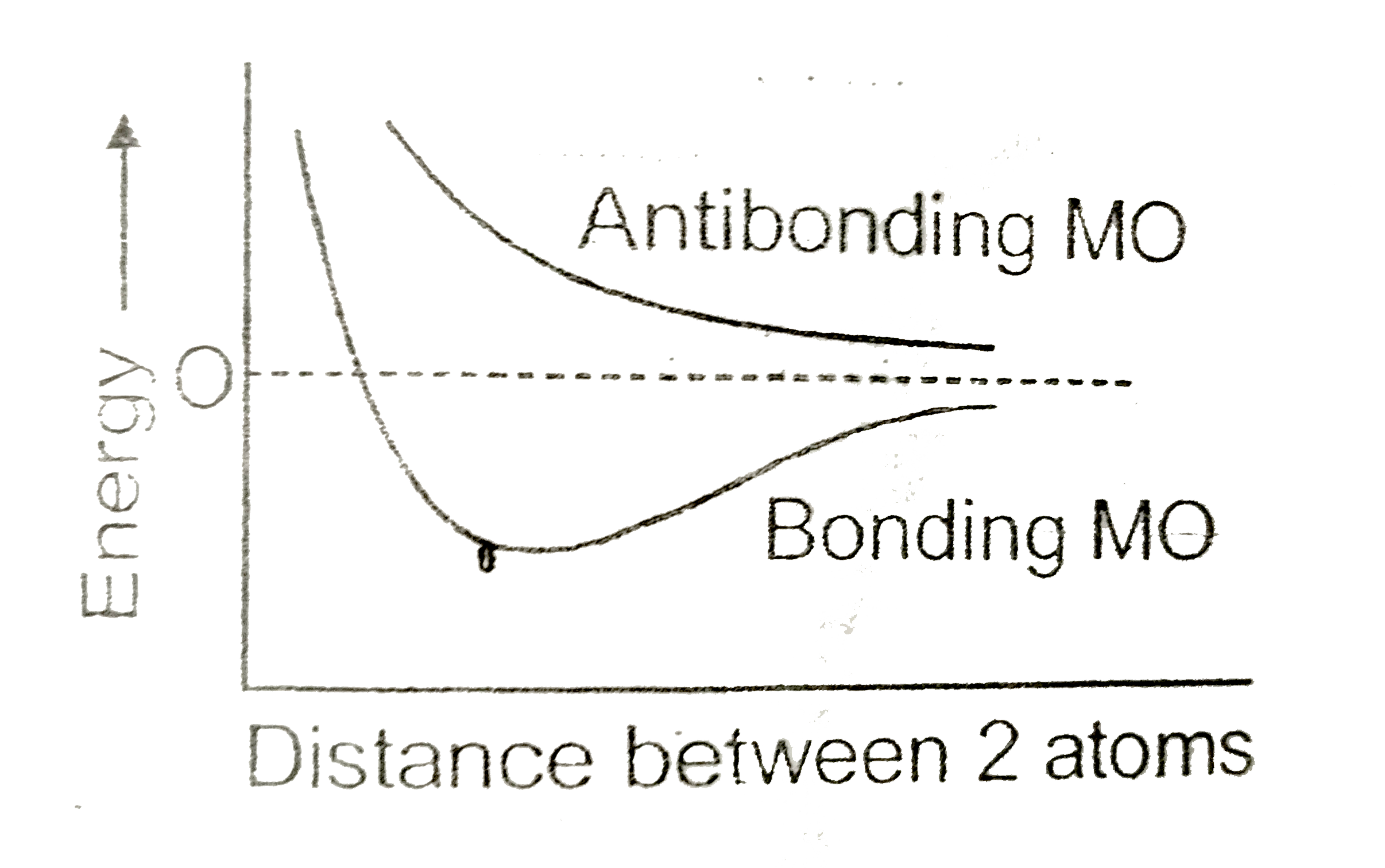
Which of the following species have identical value of bond order ?
View SolutionThe maximum probability of finding electron in the dxy orbital is -
View SolutionThe probability density plots of 1 s and 2s orbitals are given in figure.
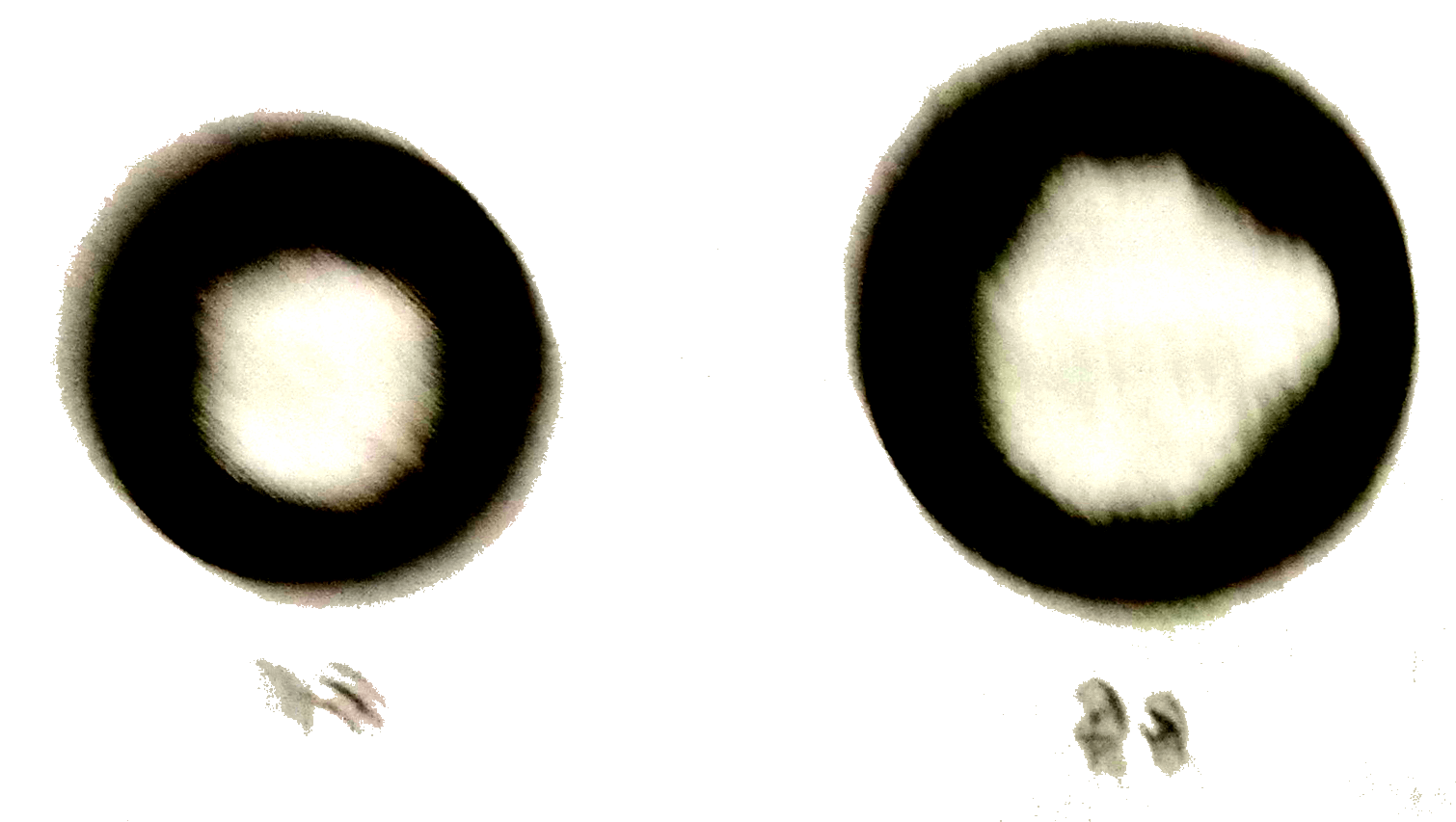
The density of dots in a region represetns the probability density of finding electrons in the region. On the basis of above diagram which of the following statements is incorrect?
View SolutionThe nucleus of an atom is lecated at x=y=z=0
a. If the probability of finding an s electron in a tiny volume around x=a,y=z=0 is 1.0×10−5 what is the produbility of finding the electron in the same sized volume around x=z=0y=a?
b. what will be the probility as the second size if the electrns is in p orbital ? Explain
View SolutionFor an electron in a hydrogen atom , the wave function Φ is proportional to e^(-r/a(0)) where a0 is the Bohr's radius What is the radio of the probability of finding the electron at the nucleus to the probability of finding at a0 ?
View SolutionThe probability density plots of 1s and 2s atomic orbitals are given in figures.
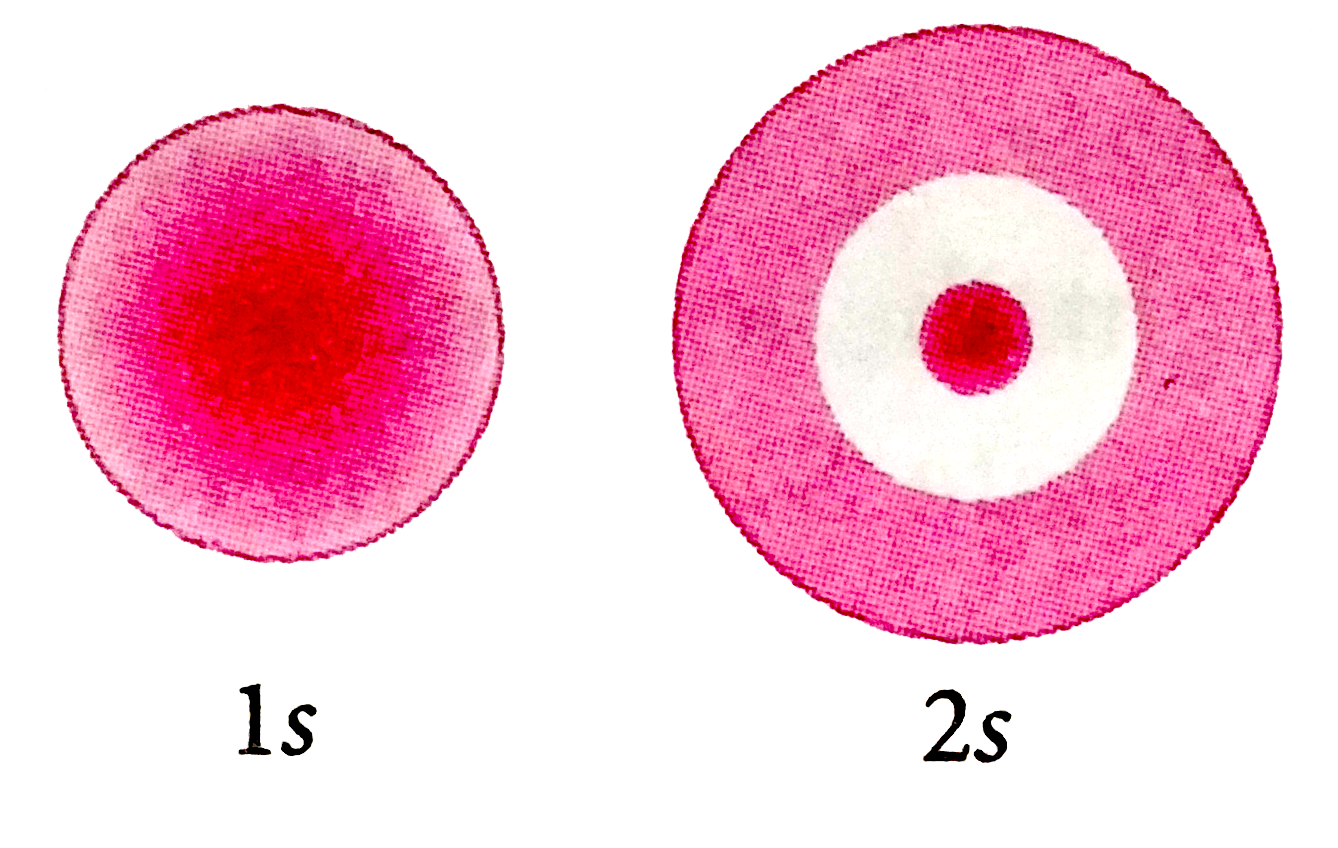
The density of dots in a region represents the probability density of finding electrons in the region. On the basis of the above diagram, which of the following statements is incorect?
View Solution
